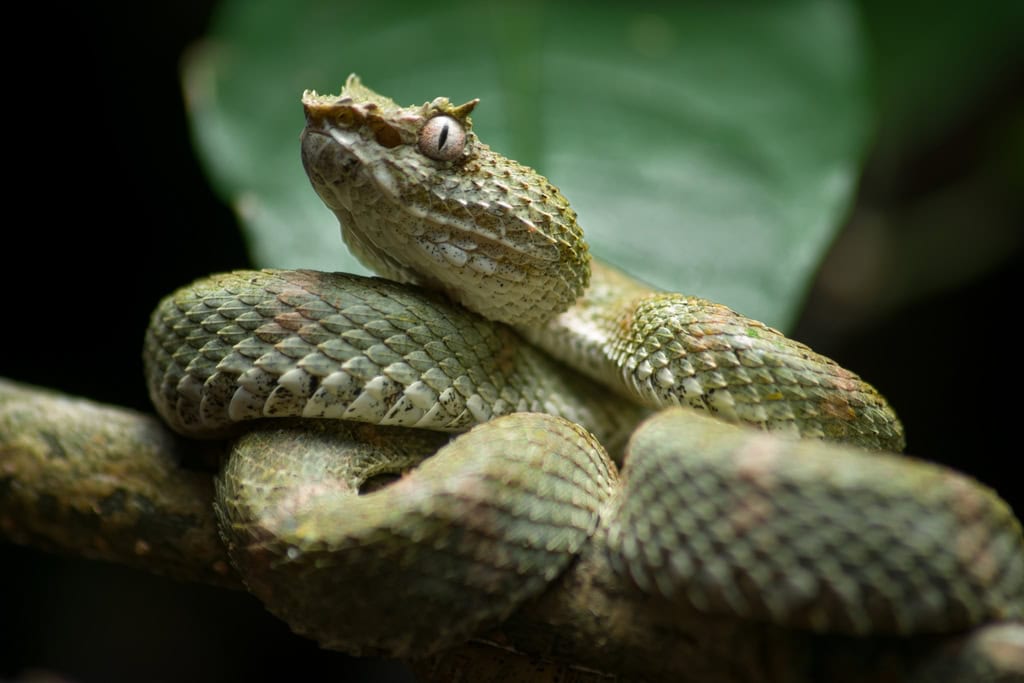Costa Rica tours in Guanacaste: Get to know the Bocaracá
The Bocaracá snake is a remarkable species that contributes significantly to Costa Rica’s rich biodiversity. For families looking for engaging wildlife experiences, Costa Rica tours in Guanacaste offer fantastic opportunities to explore the habitats of these stunning snakes while enjoying the country’s natural beauty. Whether through guided eco-tours or visits to national parks, encountering a Bocaracá can be an unforgettable highlight of any adventure in Costa Rica. Thanks to Airport Transfers web page, you can get amazing tour programs in order to be able to have a true adventurer experience.
Costa Rica’s rich biodiversity is home to numerous fascinating species, and the bocaracá snake, commonly known as the eyelash viper, is one of the most intriguing reptiles. Known for its vibrant colors and distinct facial scales resembling eyelashes, the bocaracá is a stunning yet venomous snake that adds to Costa Rica’s unique wildlife. Whether you’re exploring rainforests or dry tropical forests on tours in Costa Rica Guanacaste, learning about this snake offers an exciting glimpse into the country’s reptilian world.
For families with a fascination for wildlife, a Costa Rica tour for families offers a safe and educational way to observe these snakes in their natural habitat. Expert guides ensure a respectful distance is maintained from the wildlife while sharing fascinating information about the behavior, diet, and role of the bocaracá in Costa Rica’s diverse ecosystems. The tour programs that you can find at Airport Transfers web page will count with experienced guides that will take care of your safety during all the journey.

Despite their reputation as venomous snakes, bocaracás play a crucial role in maintaining a balanced ecosystem. As predators, they help regulate populations of small animals, preventing overpopulation that could disrupt the forest’s natural harmony.
Best Locations to Find Bocaracás during Costa Rica tours in Guanacaste
The bocaracá snake is a remarkable species that showcases Costa Rica’s incredible biodiversity. With its vibrant colors, unique “eyelash” scales, and ambush-hunting tactics, this snake is a fascinating predator that contributes to the country’s rich ecosystems.
Whether you’re venturing into the humid forests of Monteverde or exploring the lush habitats of Guanacaste, keeping an eye out for the elusive bocaracá will add an exciting element to your wildlife adventure. On tours in Guanacaste Costa Rica, encountering this beautiful and mysterious snake is sure to be a memorable part of any Costa Rica tour for families.
Bocaracás are primarily found in lowland tropical forests. Preferring areas with dense foliage and proximity to water sources. They inhabit elevations from sea level up to 1,500 meters and are commonly observed in:
- Tropical rainforests.
- Wet lowland forests.
- Near rivers and streams.
Their arboreal nature means they are often seen resting on tree branches or in shrubs, where they can easily camouflage themselves. By renting tours in Costa Rica Guanacaste programs you will truly be able to visit all the locations where you can find these species.
These arboreal snakes are primarily nocturnal, preying on small mammals, birds, and amphibians. Their hunting strategy involves ambushing prey from a concealed position. While their venom is hemotoxic, they are not aggressive unless provoked.

For those interested in observing Bocaracás in their natural habitat, several prime locations in Costa Rica offer excellent opportunities:
- Cahuita National Park.
- Gandoca-Manzanillo Wildlife Refuge.
- La Selva Biological Station.
- Tortuguero National Park.
What is the diet of the Bocaracá snake species?
Bocaracá snakes are carnivorous, primarily hunting small animals. They use their excellent camouflage to ambush prey, remaining perfectly still until an unsuspecting animal gets within striking distance. As carnivorous snakes, Bocaracás primarily feed on:
- Frogs.
- Small birds.
- Rodents.
- Lizards.
They are nocturnal hunters, using their heat-sensing pits located between their eyes and nostrils to detect warm-blooded prey even in low-light conditions.
Once they bite their prey, the bocaracá injects its venom, which immobilizes the animal. The snake then swallows its prey whole, relying on its venom to break down the tissue for digestion.

Interesting facts to know about these snakes for your Costa Rica tours in Guanacaste
While bocaracás are more common in Costa Rica’s humid rainforests, those exploring Guanacaste can still catch a glimpse of this species, especially in areas like Santa Rosa National Park or the foothills of nearby cloud forests. Costa Rica tours in Guanacaste often include guided wildlife walks where local experts can help you identify these snakes and other reptiles hidden within the forest canopy. Some interesting facts to know about these snakes, are:
- Venomous Bite: Bocaracás are venomous, and while their bite can be dangerous to humans, it is rarely fatal if treated promptly. The venom is primarily hemotoxic, affecting the blood and tissue of the prey, but they generally pose little threat unless provoked.
- Ambush Hunters: Bocaracás are sit-and-wait predators, using their exceptional camouflage to remain unseen while they wait for prey to come close enough to strike.
- Incredible Camouflage: The wide range of colors and patterns helps bocaracás blend seamlessly into their environment. Their camouflage is so effective that even experienced naturalists can struggle to spot them.
- Reproduction: Bocaracás give birth to live young, unlike many reptiles that lay eggs. The female can have between 10 and 20 offspring at a time, which are fully independent from birth.
- Nocturnal: These snakes are generally nocturnal, meaning they are most active at night when they hunt for food. During the day, they often rest coiled in branches, making them harder to spot during daytime tours.
- The name “Bocaracá” comes from the indigenous Boruca language, meaning “the devil that kills when it bites,” highlighting its venomous nature.
- They have a relatively low aggression level; they usually prefer to remain still when threatened rather than striking unless provoked.
- The venom of the Bocaracá is hemotoxic, affecting blood vessels and tissues but is rarely fatal to humans if treated promptly.